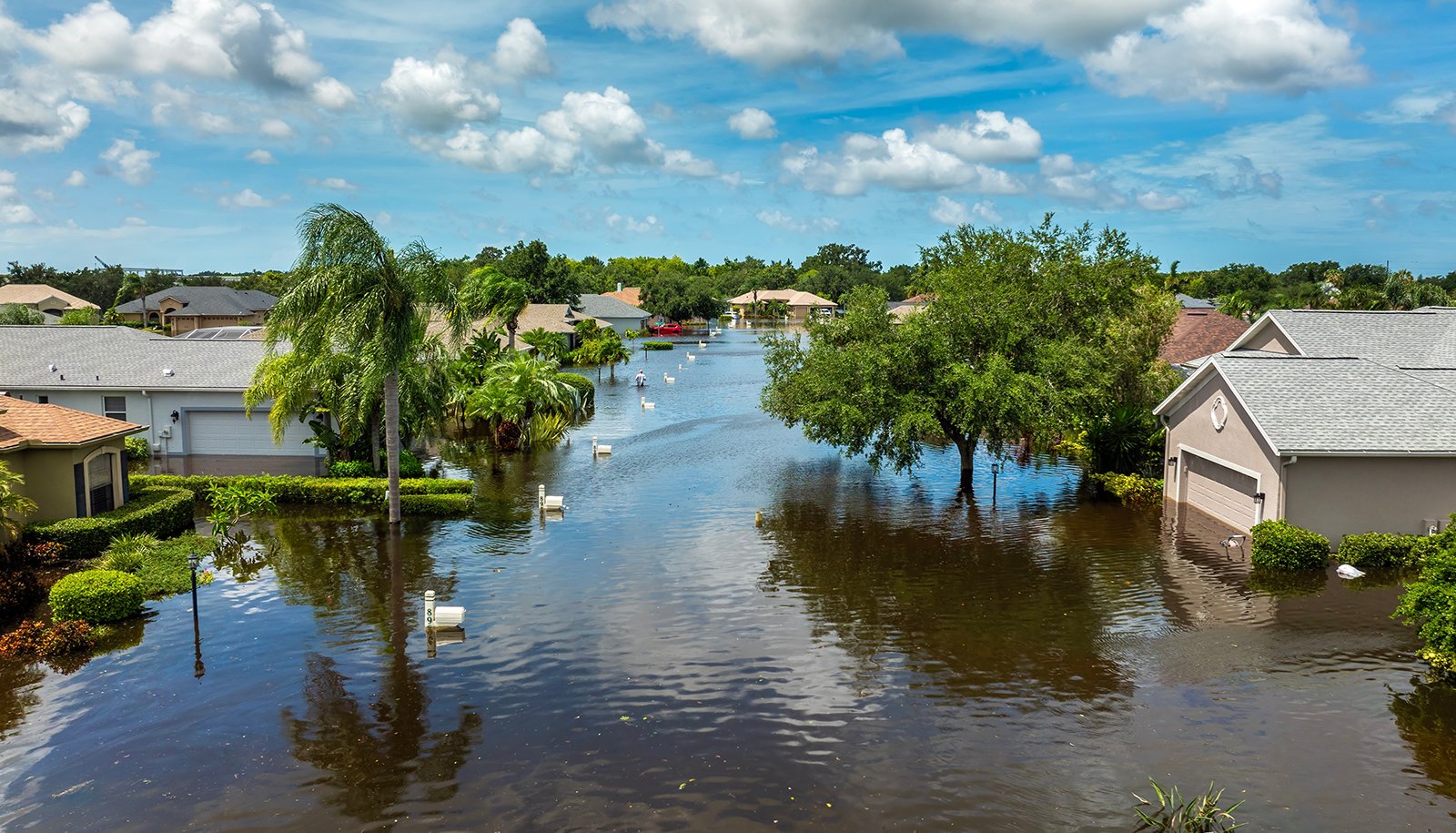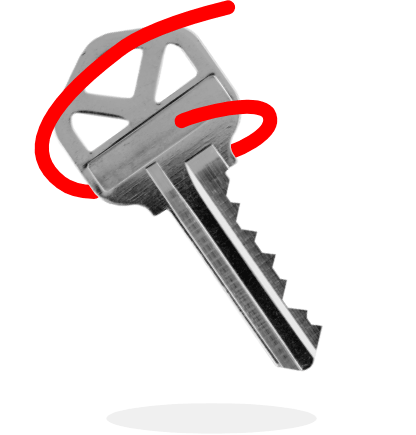The world is witnessing a surge in extreme weather events, from fierce hurricanes to devastating wildfires, and the culprit is clear: climate change. While the environmental toll is hard to ignore, another consequence is hitting closer to home – rising costs for homeowners.
Across the country, climate-related risks drive home insurance premiums, leaving many wondering how to protect their properties and wallets. This post sheds light on how climate change is affecting home insurance, what homeowners should expect, and strategies to safeguard against rising risks and costs.
CLIMATE CHANGE & THE RISING FREQUENCY OF NATURAL DISASTERS
Climate change isn't a distant threat; the data makes this fact stark. Over the past few decades, natural disasters have become more frequent, intense, and unpredictable. For example, hurricanes are becoming stronger and more destructive due to warmer ocean temperatures, fueling their power. States like Florida and Louisiana are already feeling the brunt, facing billions in damages annually.
Flooding is another growing concern tied to climate change. Heavier rainfall, combined with rising sea levels, increases the risk of flash floods and coastal inundations. Even areas that previously saw little to no flooding are now grappling with water damage. Meanwhile, in the western United States, prolonged droughts and record-breaking heat waves have amplified the risk of wildfires, devastating thousands of homes every year.
For insurers, all of this translates to higher payouts. The more frequent and severe the disasters, the likelier insurers are to face substantial financial losses. To cover these risks, insurance companies are left with little choice but to raise premiums, revise coverage terms, and, in some cases, pull out of high-risk areas entirely.
THE RIPPLE EFFECT ON HOME INSURANCE PREMIUMS
Homeowners across the U.S. are feeling the squeeze as insurance premiums climb. A report from the Insurance Information Institute reveals that the average cost of homeowners insurance has increased steadily over the past decade, with climate change being a key driver.
Take California, for instance. Recent wildfires have forced insurers to reassess their risk models, resulting in markedly higher premiums for residents in fire-prone areas. Similarly, Gulf Coast states like Texas and Florida, which are prone to hurricanes and flooding, have seen skyrocketing insurance costs. Homeowners in these regions often struggle to find comprehensive coverage and must resort to state-backed insurance plans with limited options.
Even in areas not traditionally associated with natural disasters, homeowners are noticing changes. For example, properties in the Midwest are seeing higher premiums due to the increasing frequency of tornadoes and severe storms. This ripple effect means no one is entirely insulated from the impacts of climate change, regardless of location.
ADDITIONAL CHALLENGES FOR HOMEOWNERS
Along with cost increases, homeowners face additional challenges stemming from climate change. For one, stricter underwriting standards mean getting approved for a policy is tougher than before, particularly in high-risk zones.
Insurers now rely on advanced risk assessment tools, including climate modeling and satellite data, to determine premiums and eligibility. Unfortunately, this often leaves homeowners in vulnerable areas paying more for reduced coverage.
Another challenge comes from mandatory additional coverage. Floods and earthquakes, for instance, aren't typically included in standard policies, but they're becoming more necessary for properties at risk. Purchasing separate insurance for these events adds financial strain for many homeowners.
WHAT CAN HOMEOWNERS DO TO MITIGATE RISKS & MANAGE COSTS?
While climate change poses undeniable challenges, homeowners can take proactive steps to reduce risks and control insurance expenses. Here are some practical strategies:
1. Harden Your Home Against Natural Disasters
- Investing in protective measures can go a long way in preventing damage. For example:
- Install hurricane shutters or impact-resistant windows if you live in a storm-prone area.
- Clear brush and set up defensible space around your property to reduce wildfire risks.
- Elevate utilities like HVAC systems or electrical panels in flood-prone areas.
Many insurers offer discounts for homes that include these types of safety upgrades, making them a win-win solution.
2. Reassess Coverage Regularly
Don't assume your current policy offers sufficient protection. Regularly review your coverage to ensure it aligns with new risks and the current replacement costs of your home. If your property's value or risk profile has changed, adjust your policy accordingly.
3. Explore Flood & Natural Disaster Insurance
Floods, in particular, are becoming more widespread, even in areas not mapped as high-risk. Consider purchasing flood insurance through the National Flood Insurance Program (NFIP) or private providers if it's an option in your community.
4. Stay Prepared
Preparation goes beyond structural upgrades. Have a clear emergency plan in place for yourself and your family. Keep important documents, including your insurance policy, stored securely, and back them up digitally for easy access during a disaster.
5. Shop Smart and Compare Insurers
Not all insurers calculate risk and premiums the same way, so it's worth comparing quotes before renewing your policy. Look into policy bundles, which can save you money if you combine home and auto insurance. Also, consider working with an independent insurance agent who can help you find tailored solutions.
6. Advocate for Community and Policy Change
Addressing climate change requires collective effort. Support local and federal initiatives aimed at curbing carbon emissions and promoting sustainable practices. Many communities are also adopting climate-resilient building codes that reduce overall risks. By actively participating in these efforts, homeowners can drive meaningful change.
Climate change has introduced a new era of uncertainty for homeowners and insurers alike. It's a hard reality, but being informed and proactive can put you in a better position to adapt. Understanding how rising risks impact your premiums and taking steps to protect your property don't just safeguard your home, they enhance resilience for your family and community.
While there's no way to completely avoid the effects of climate change on home insurance, there are ways to manage the costs and mitigate the risks. By staying vigilant, upgrading your home, and staying on top of your policy, you can be more prepared for whatever Mother Nature sends your way.
If you need help finding the best homeowners insurance coverage for the best price, start by speaking to a SimplyIOA agent at 833.872.4467 or get a homeowners insurance quote online now.











